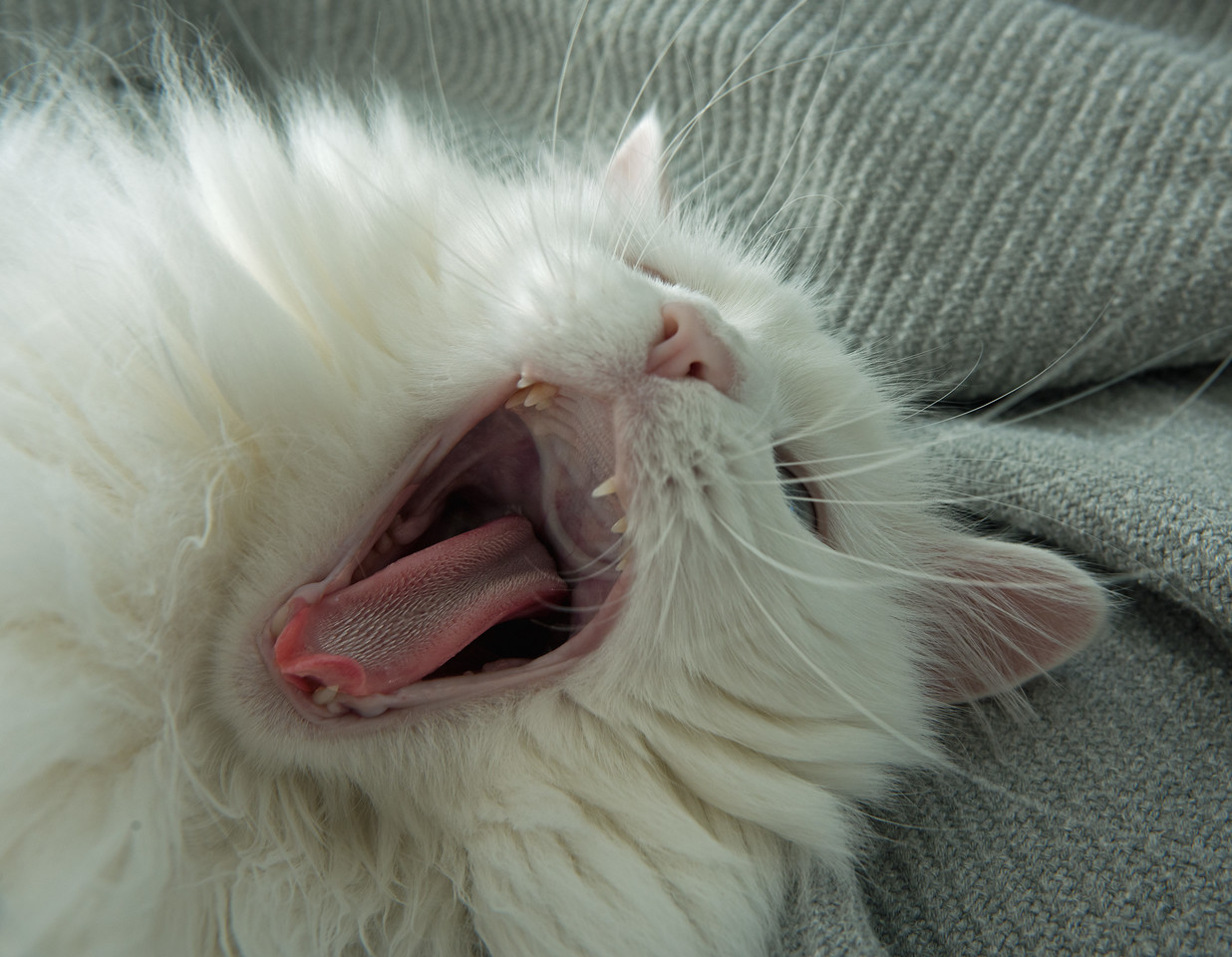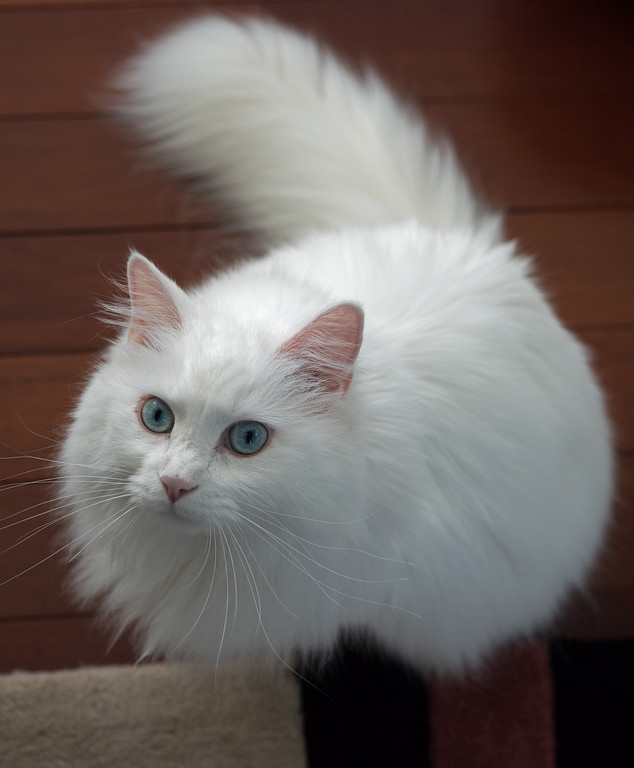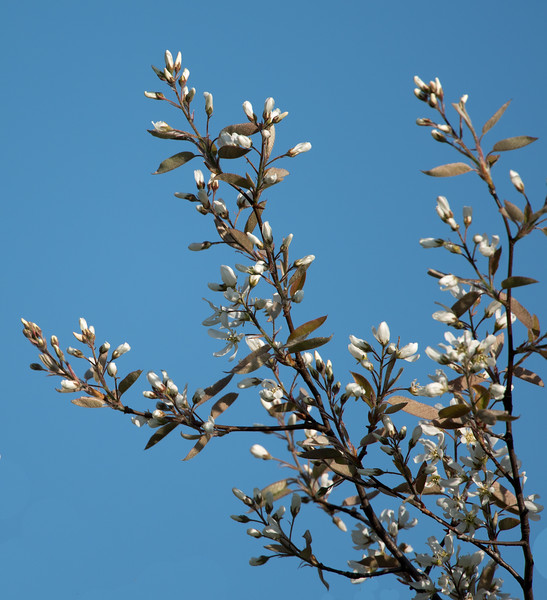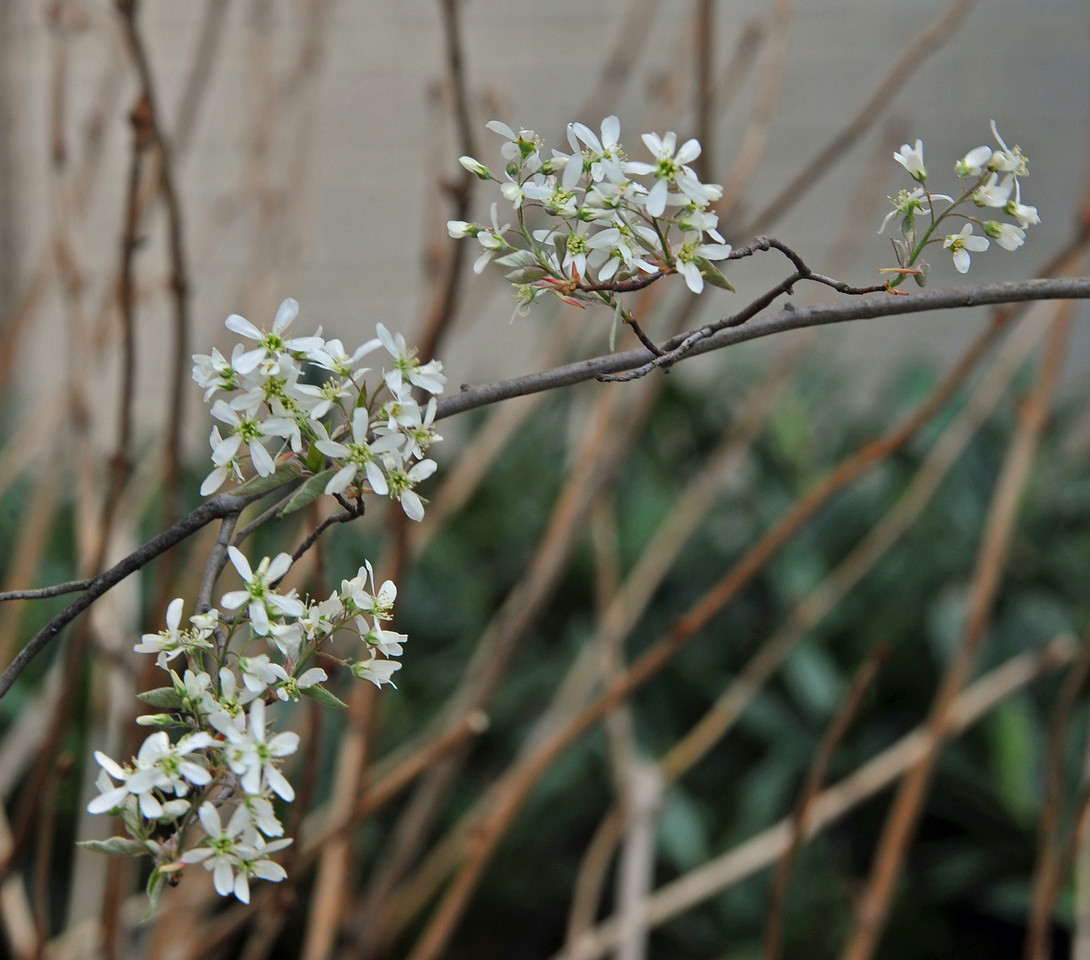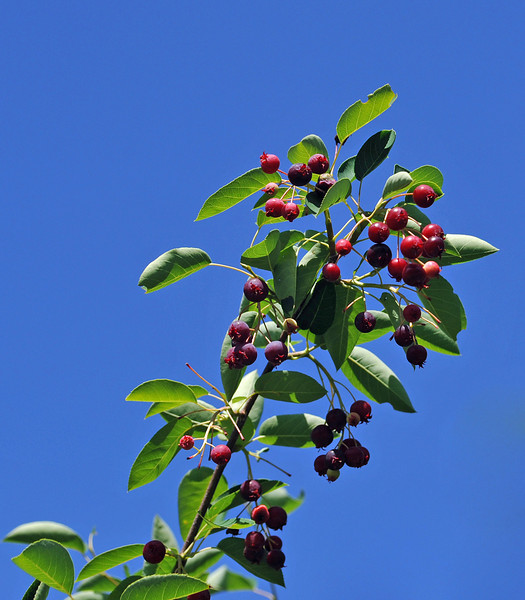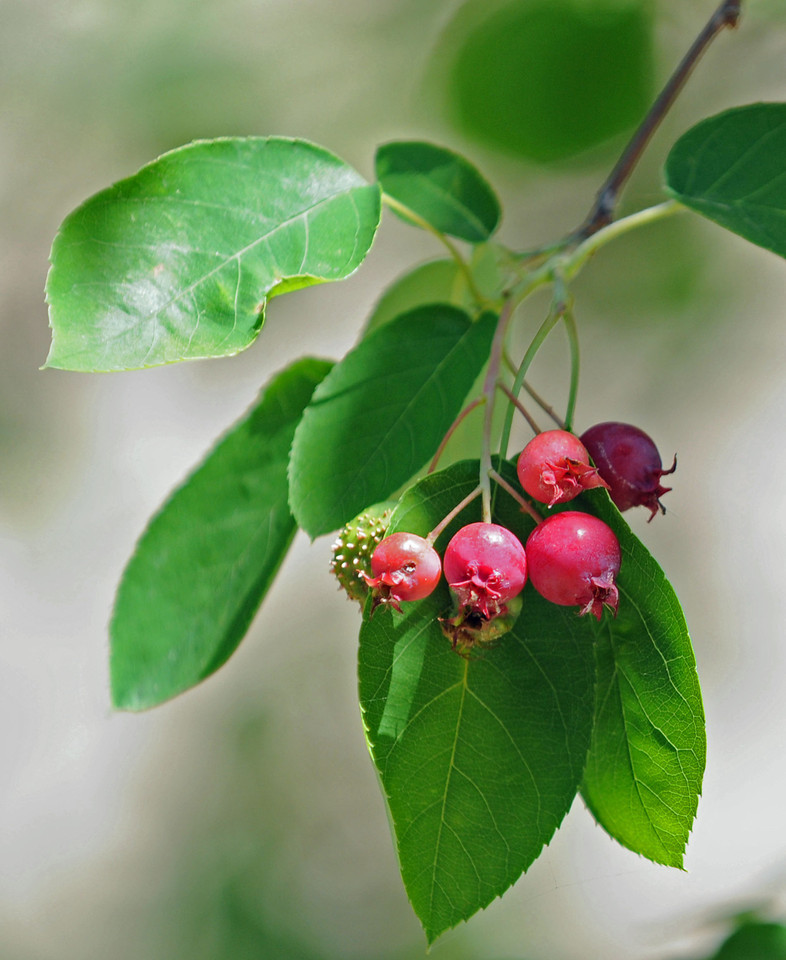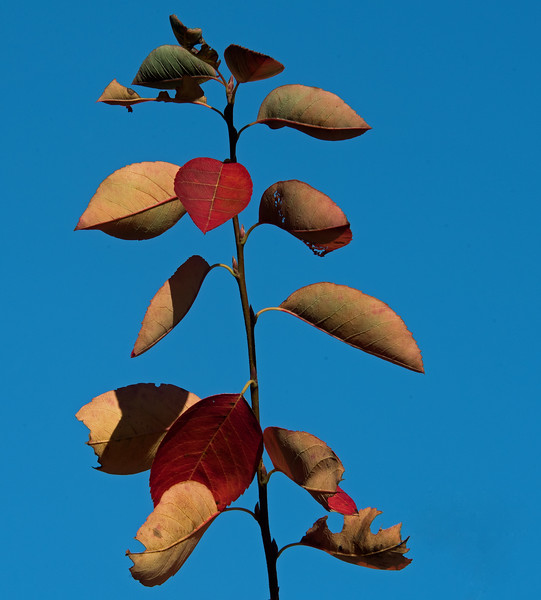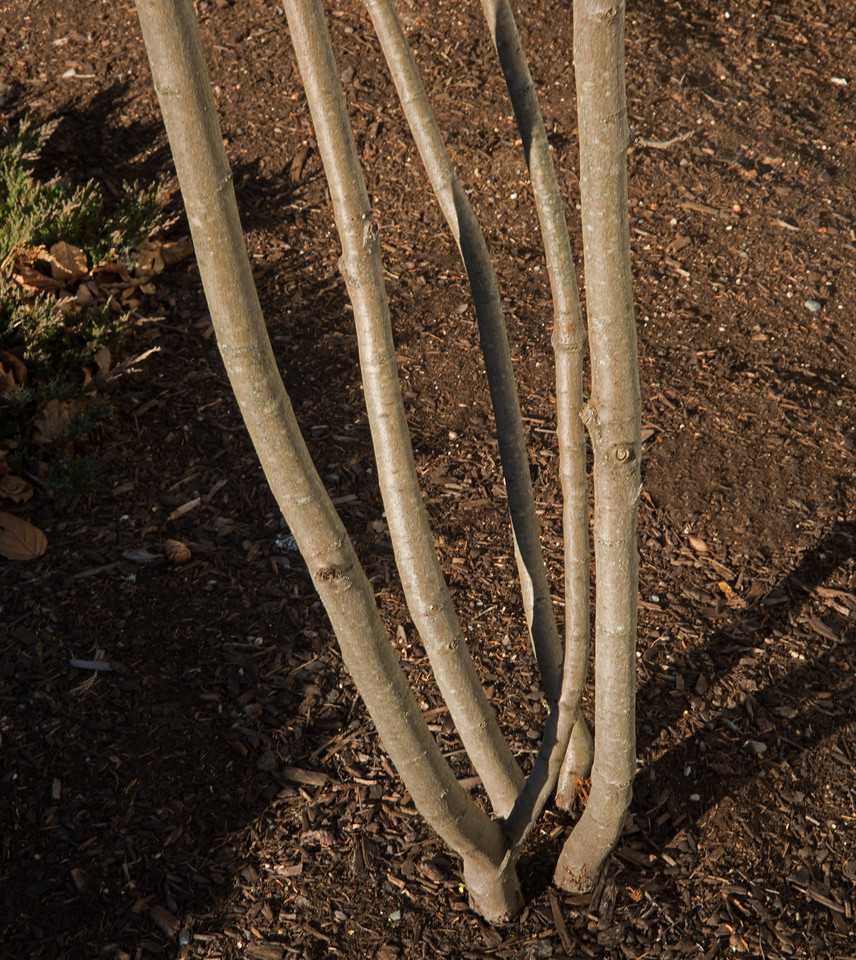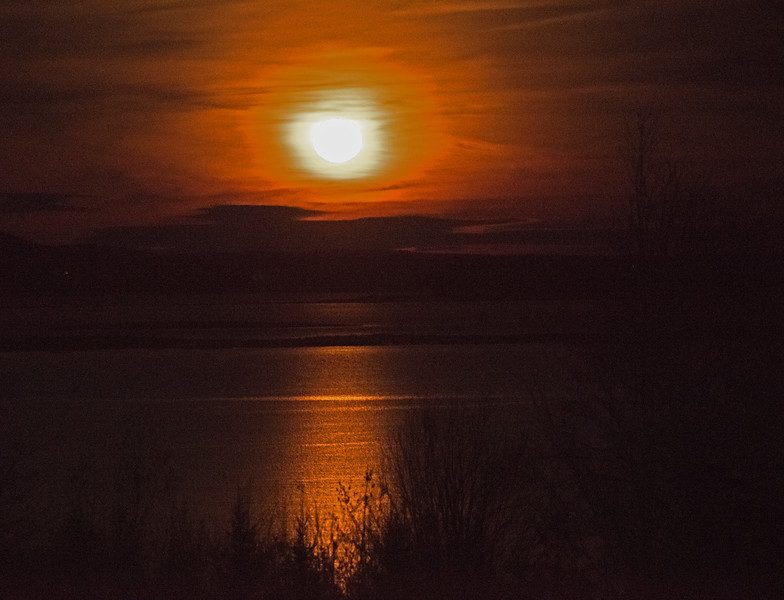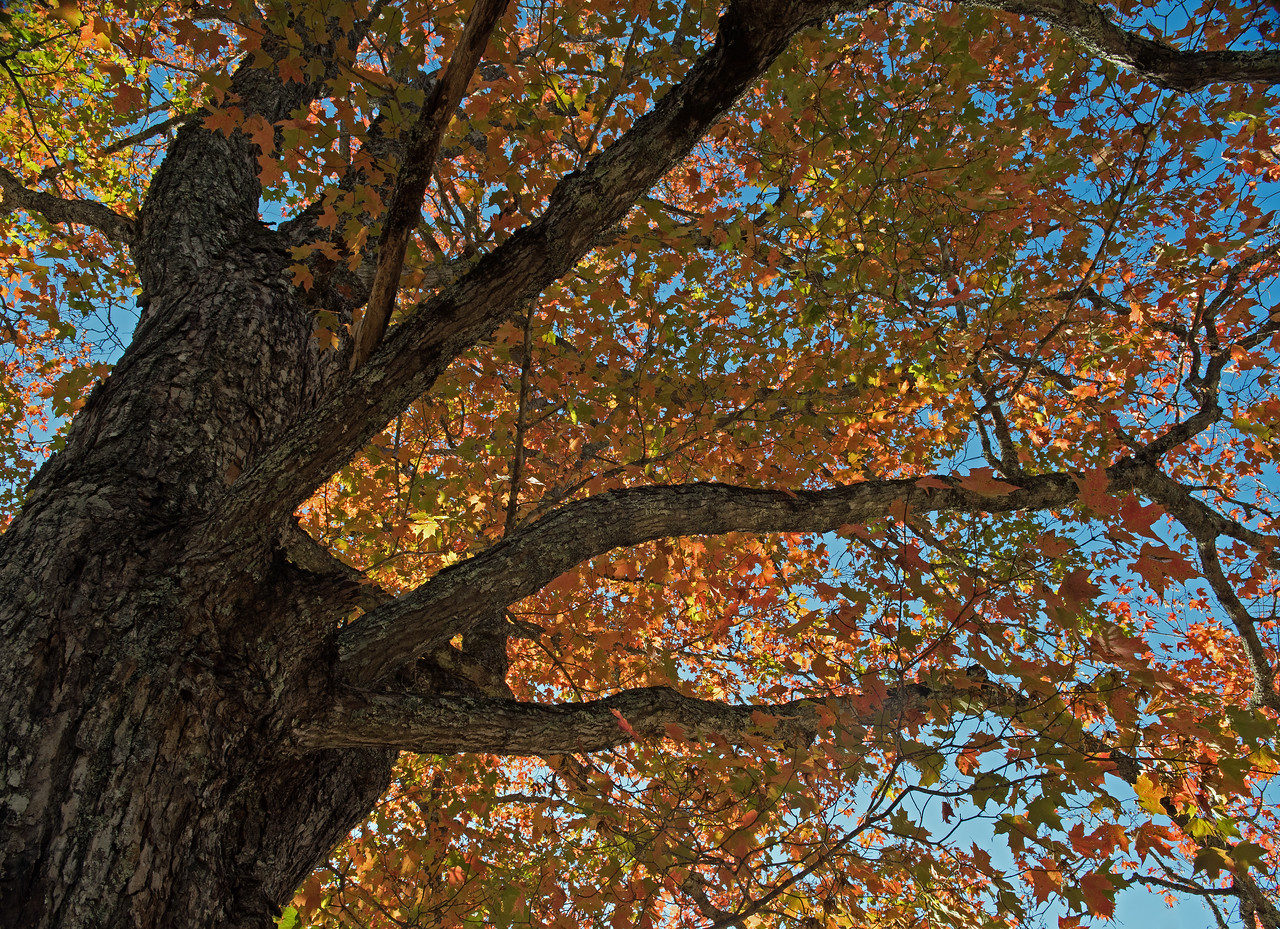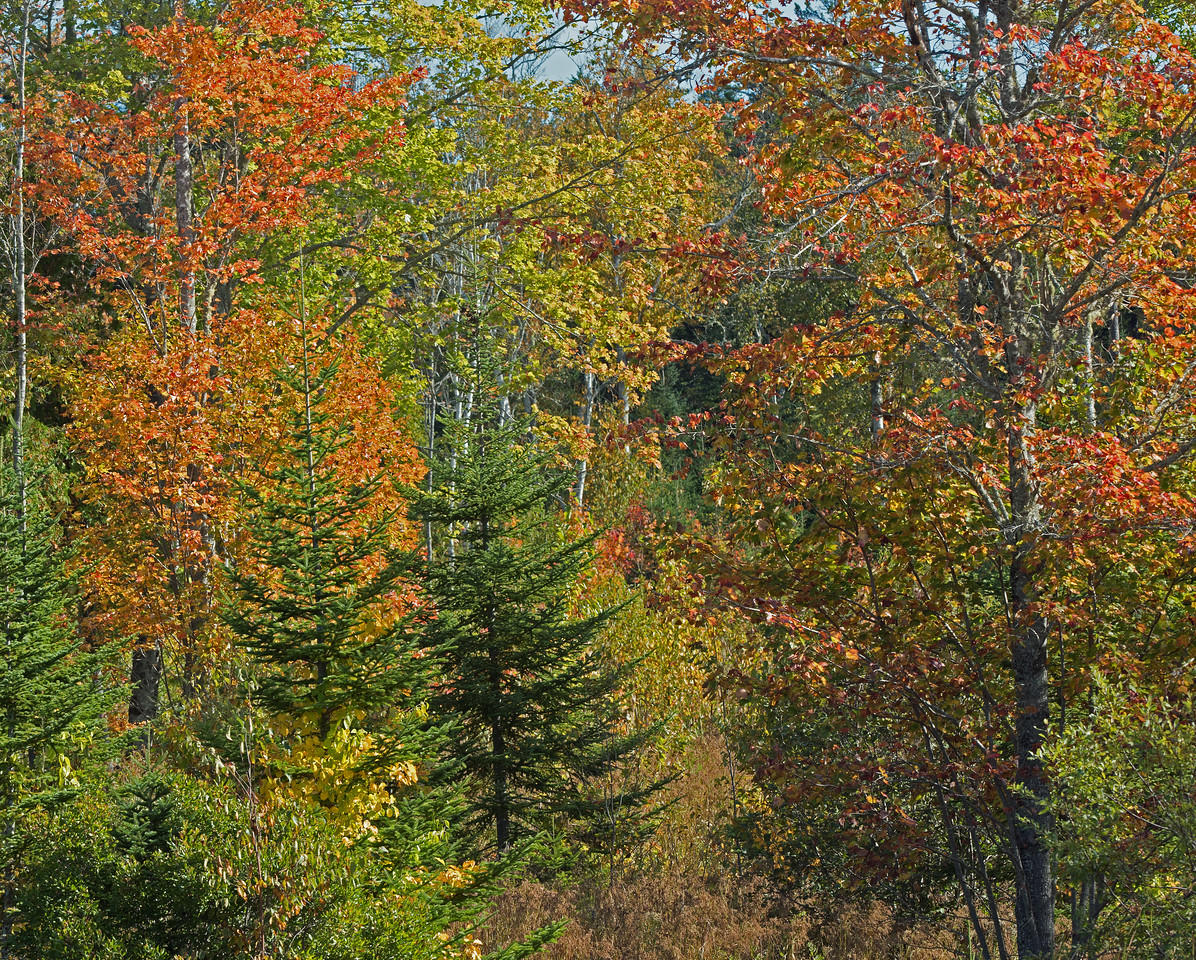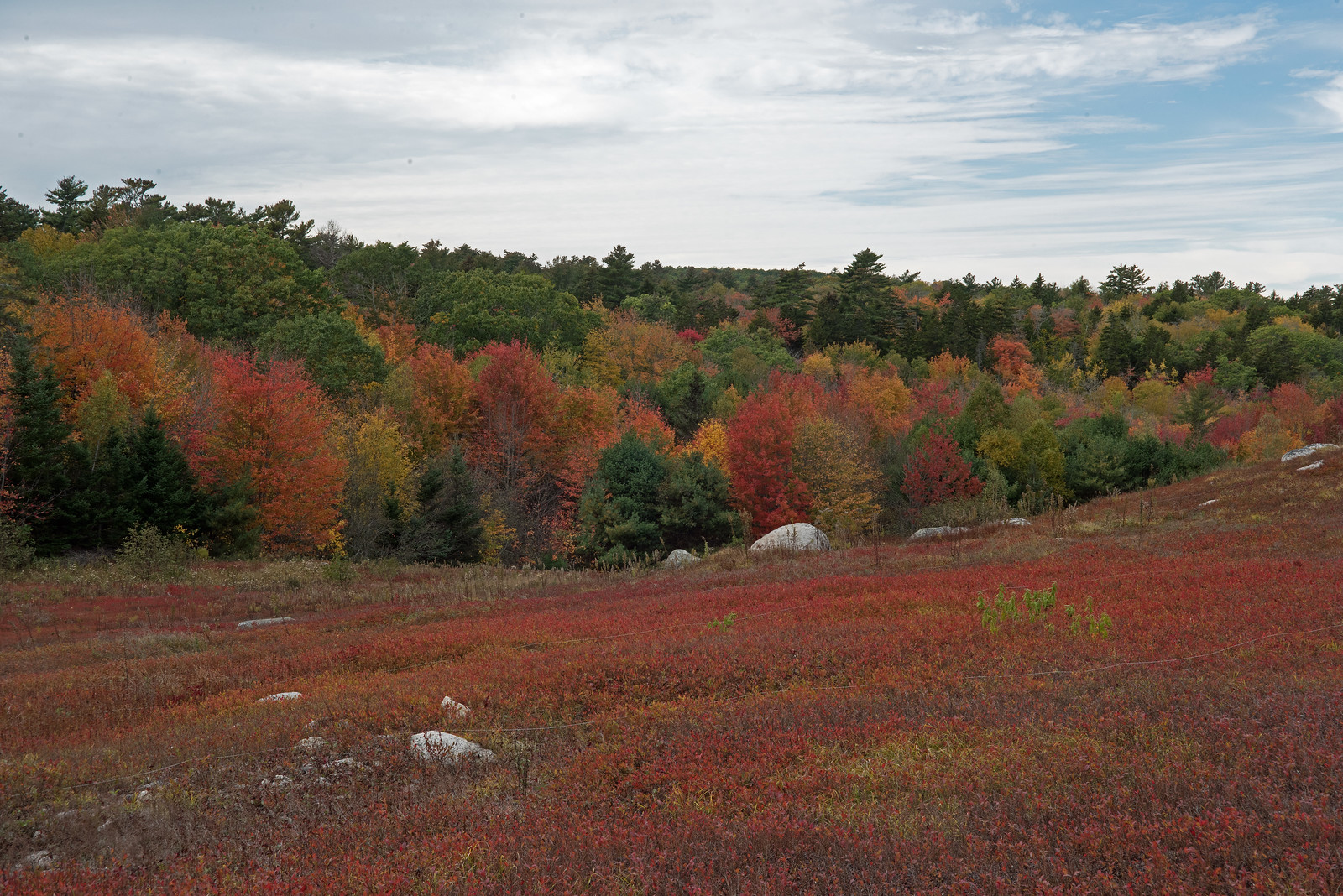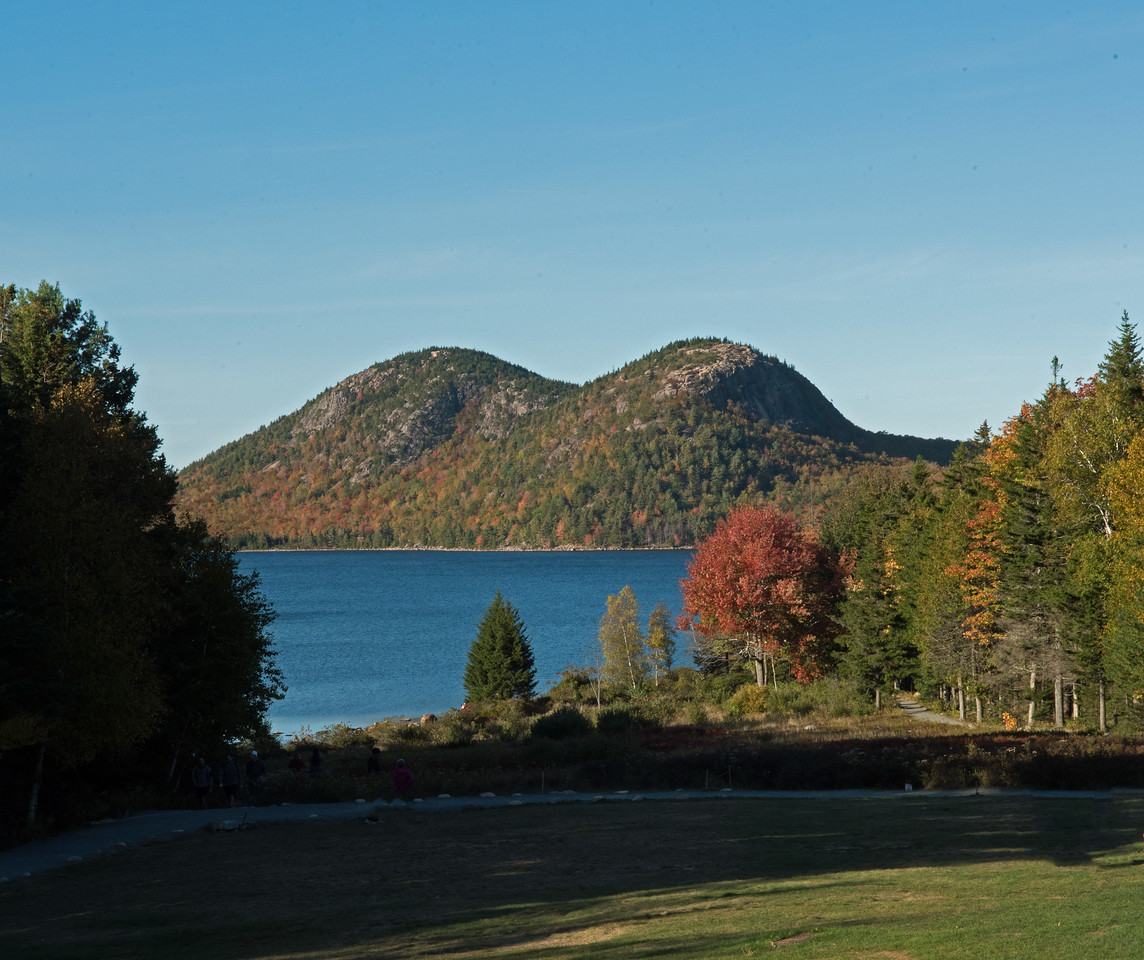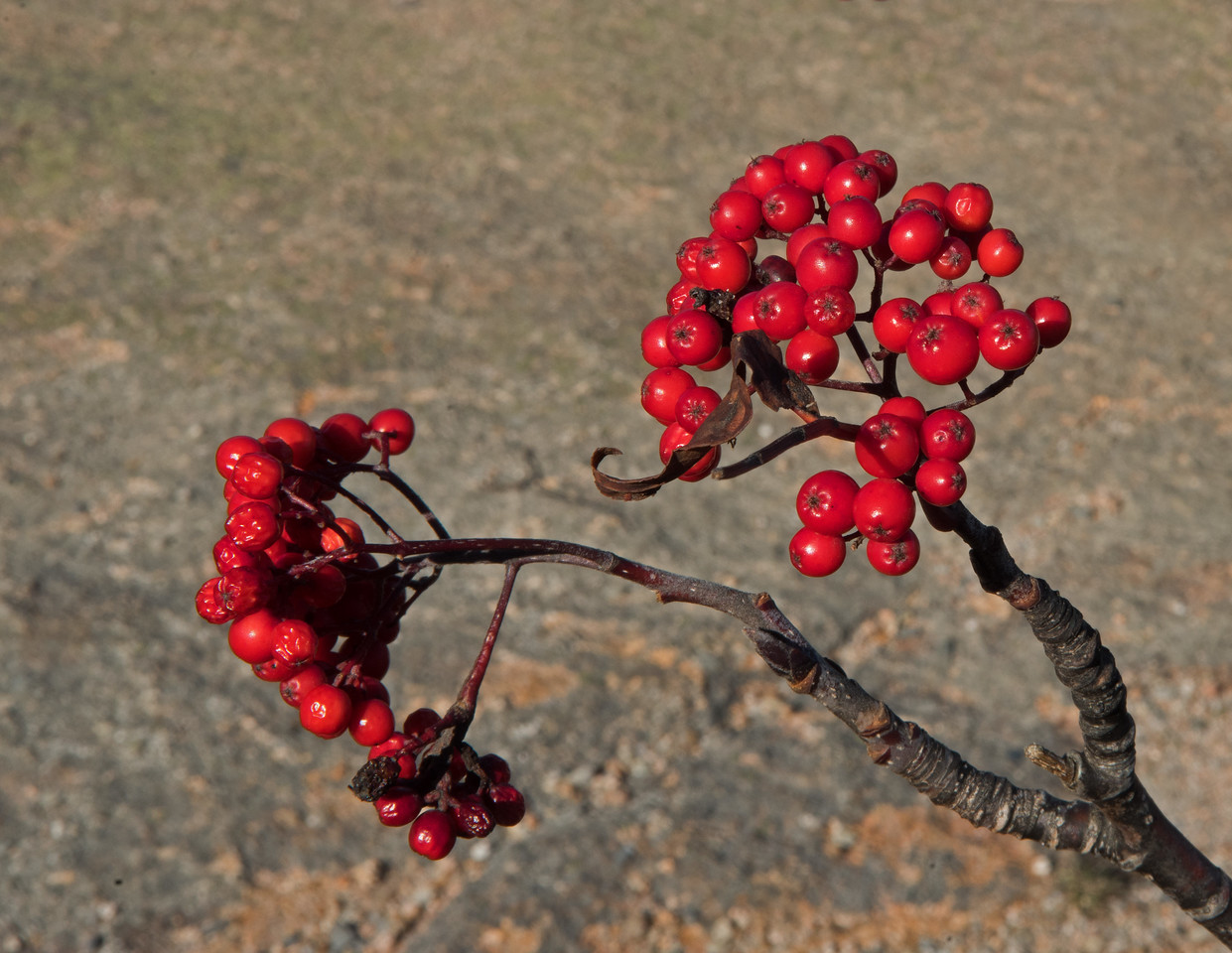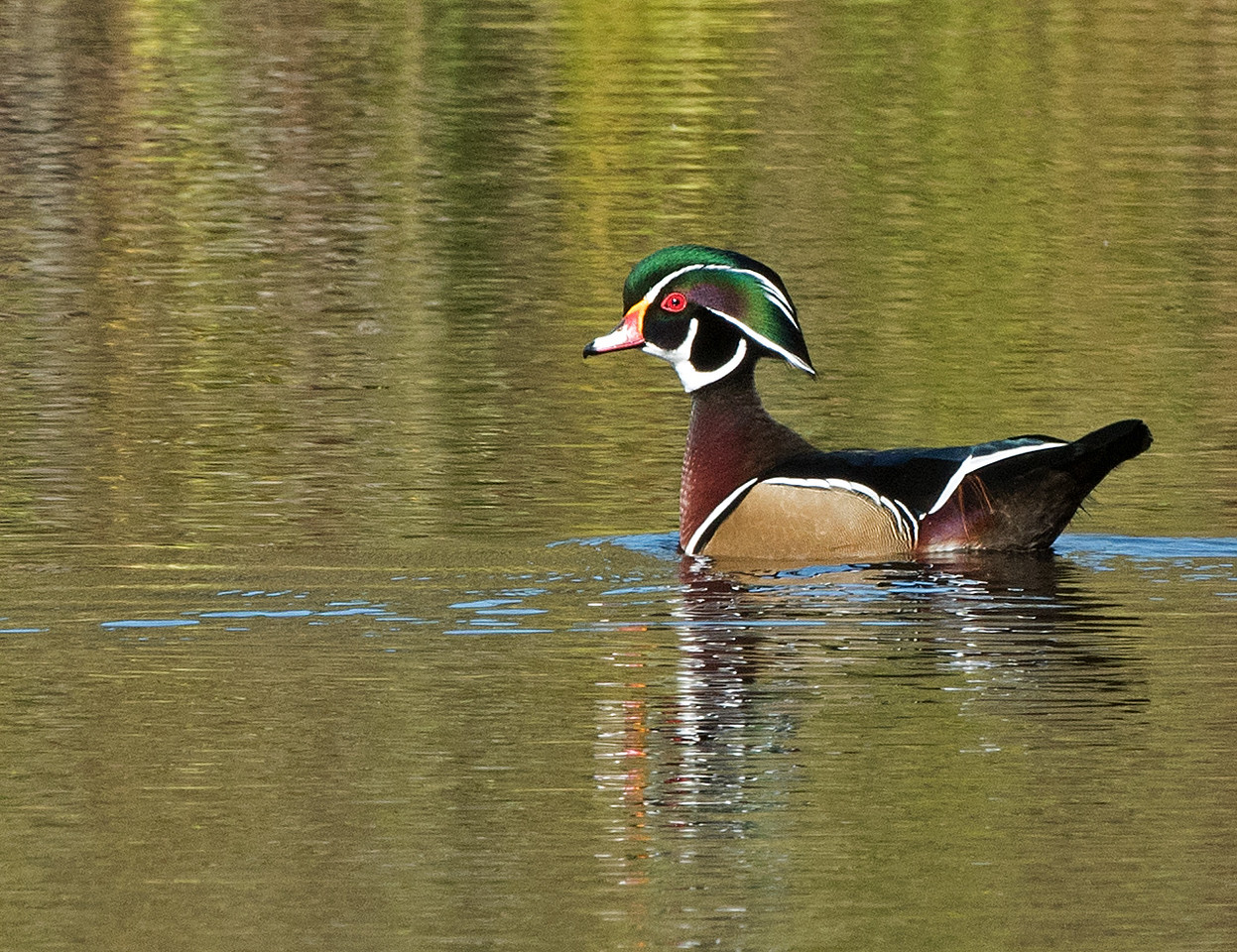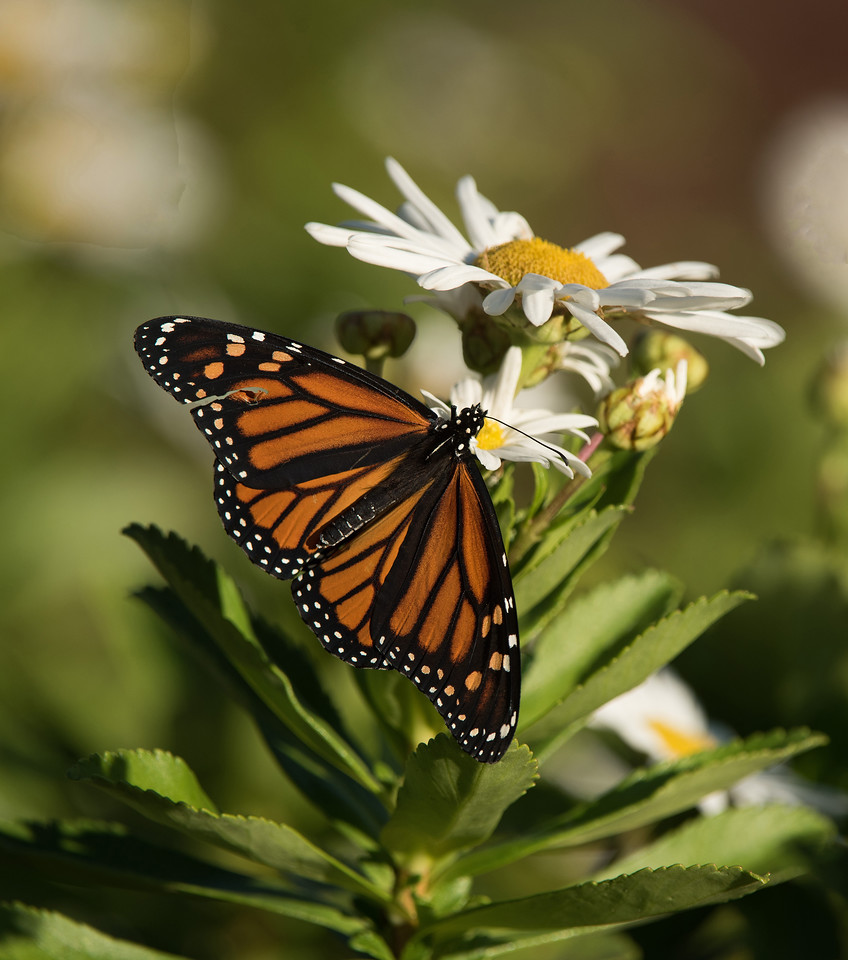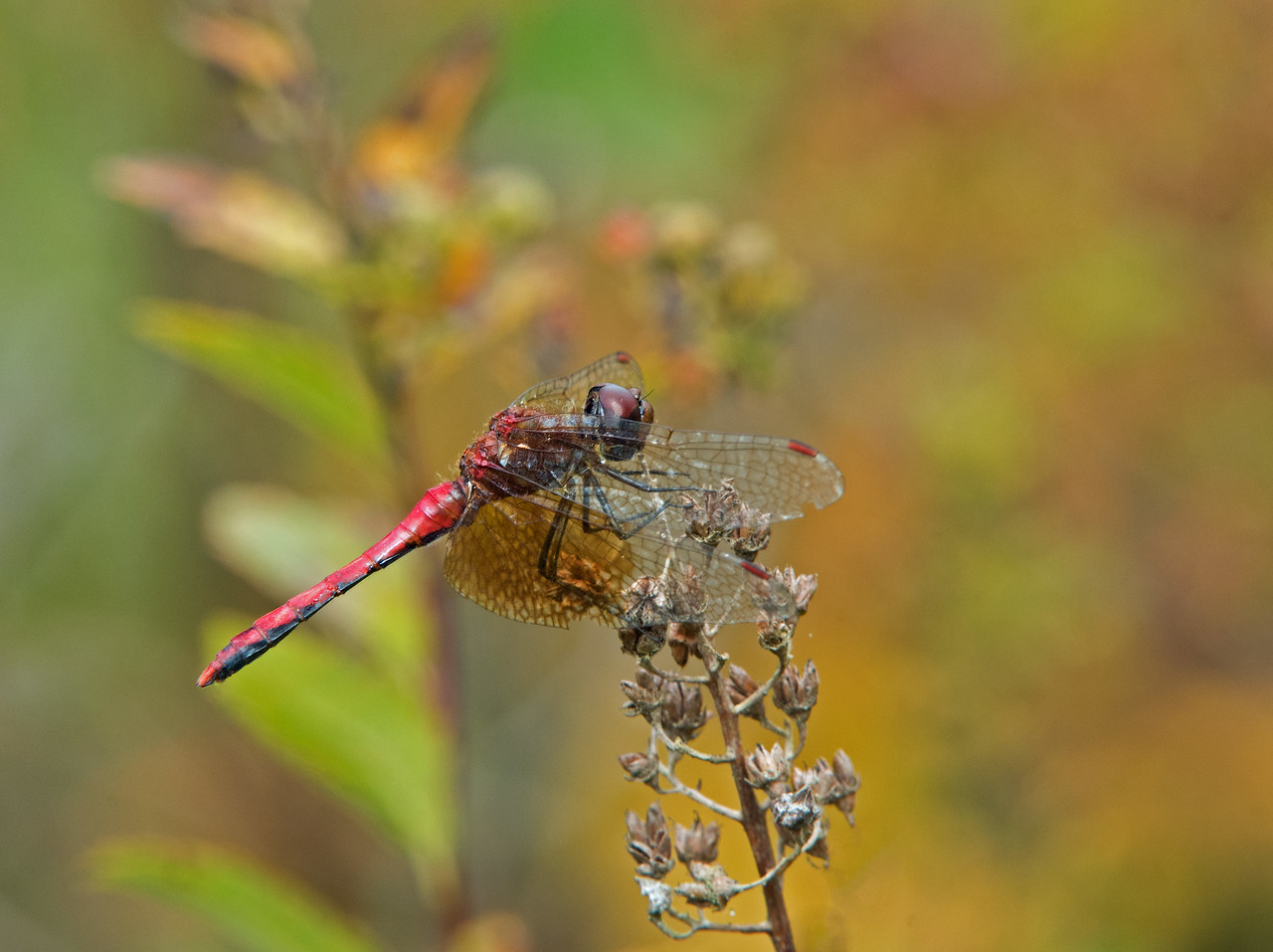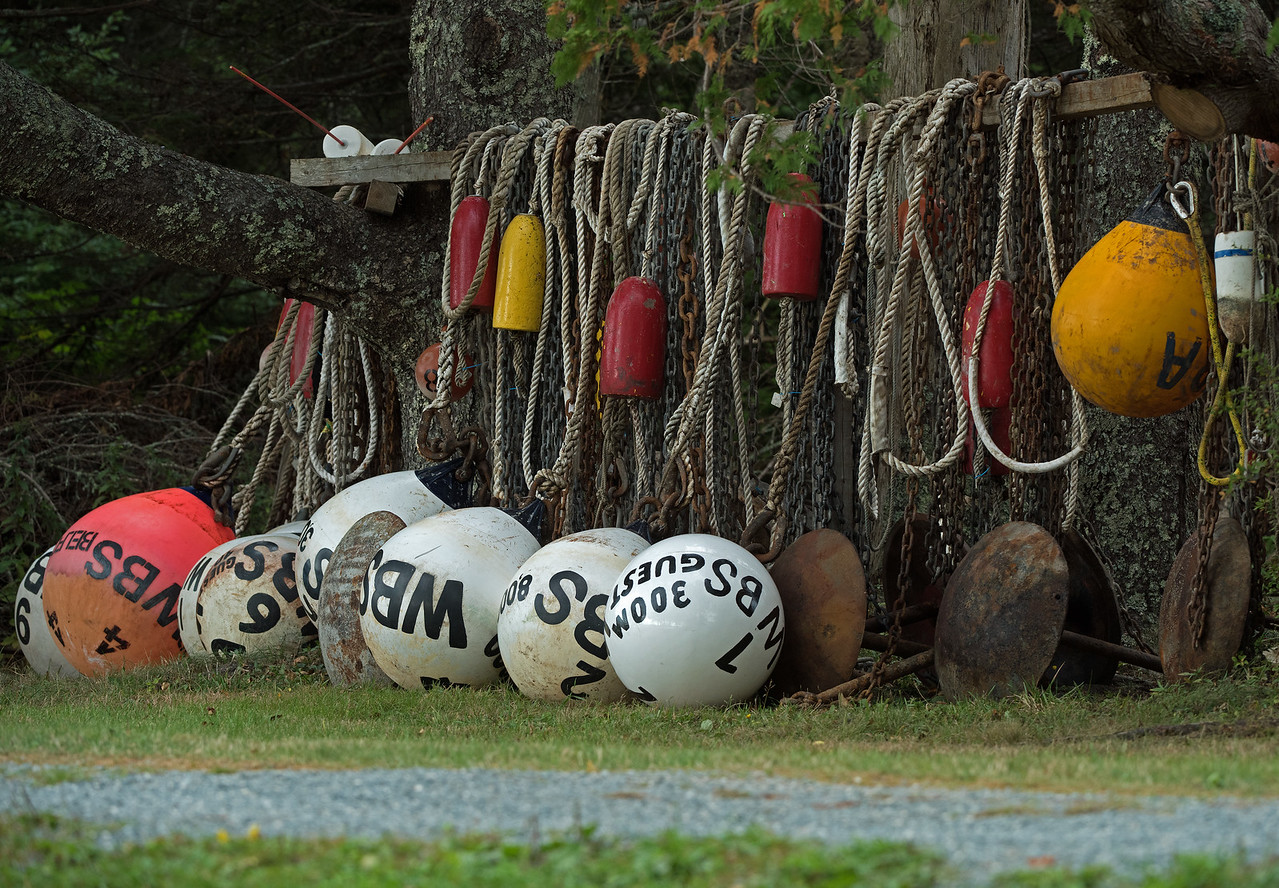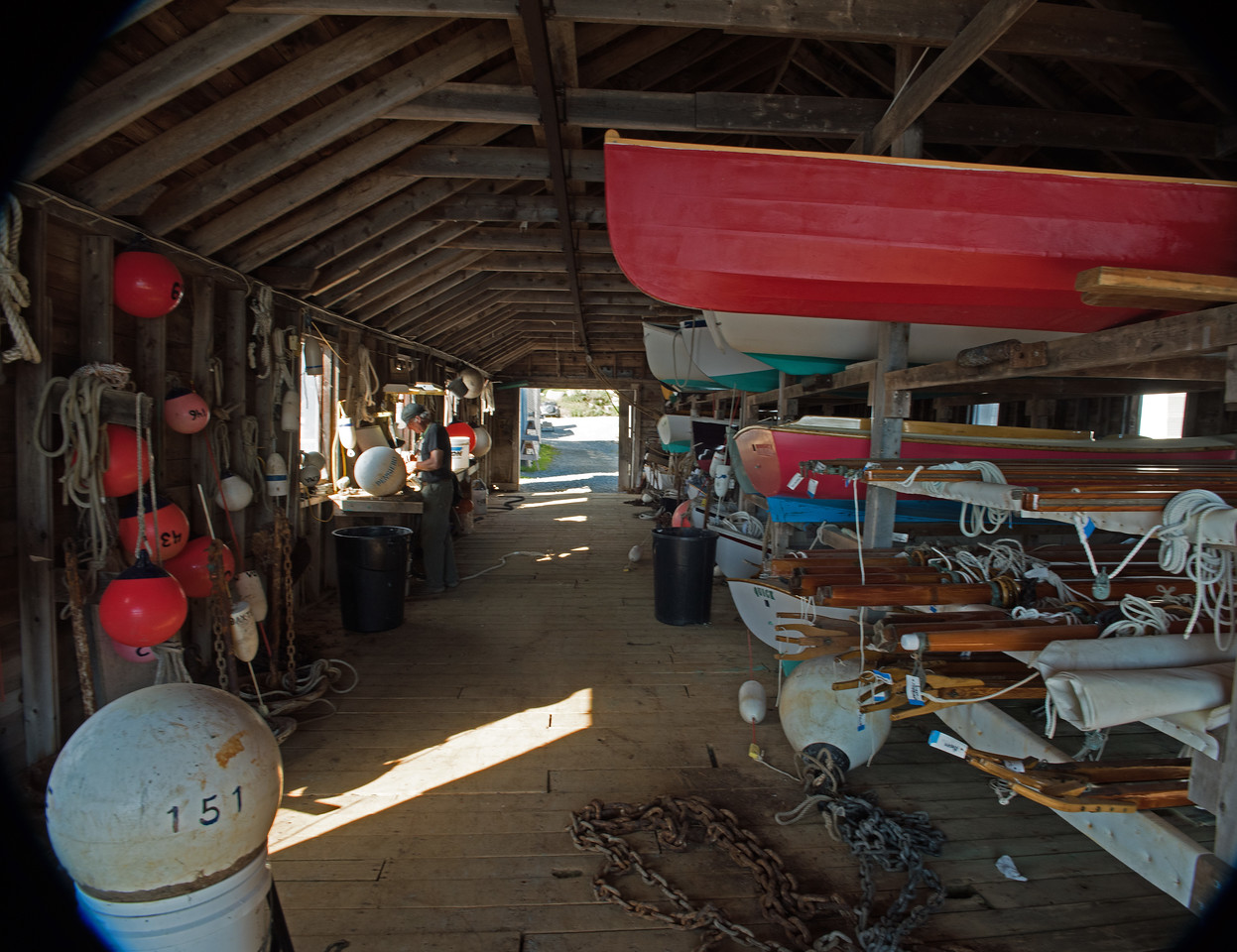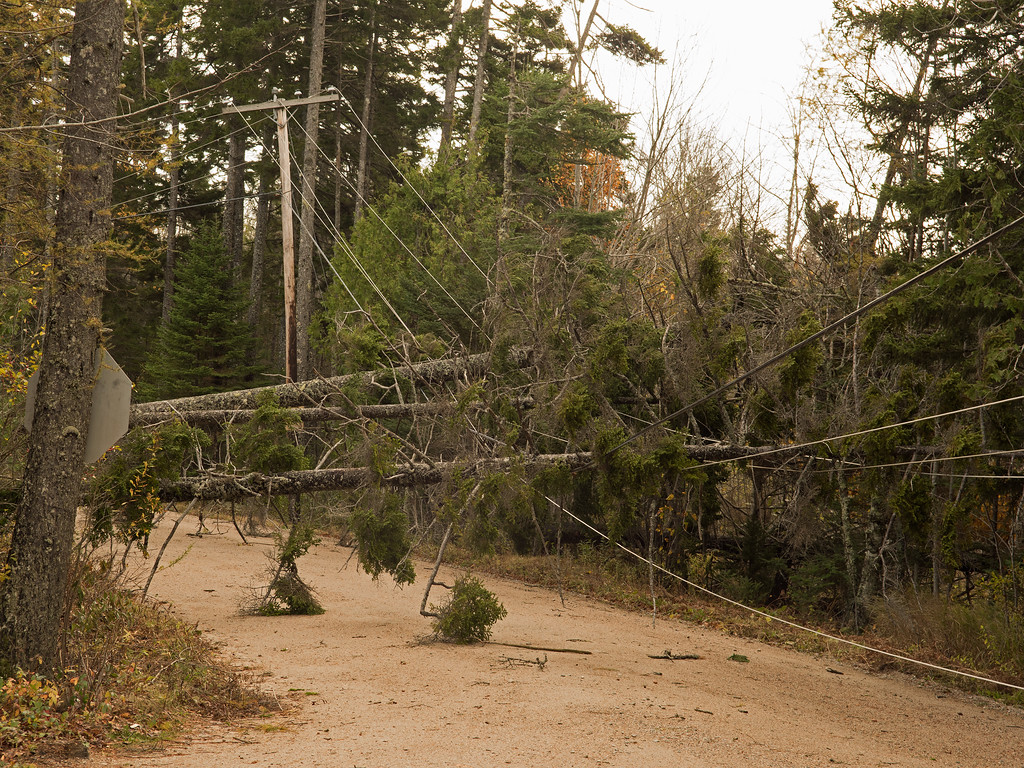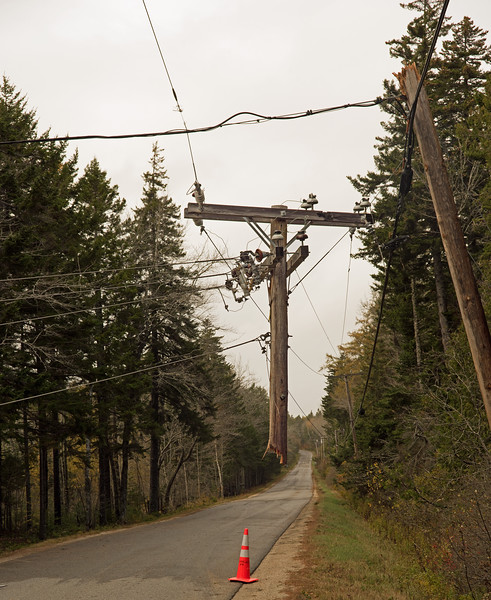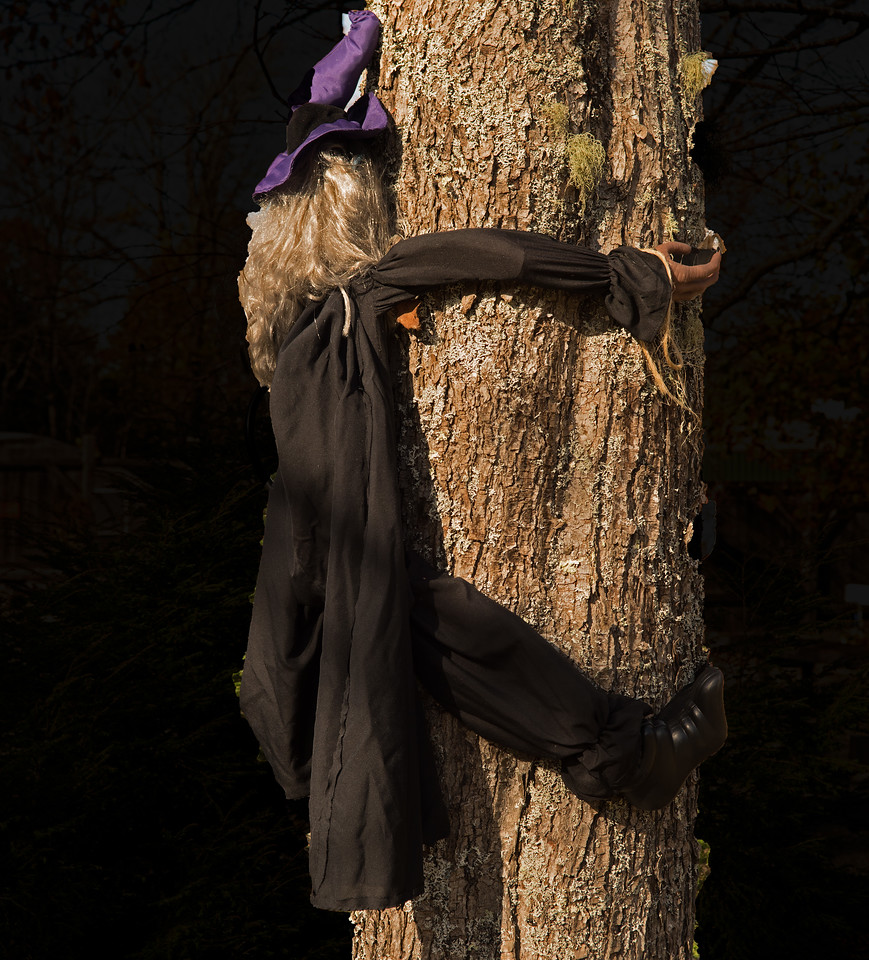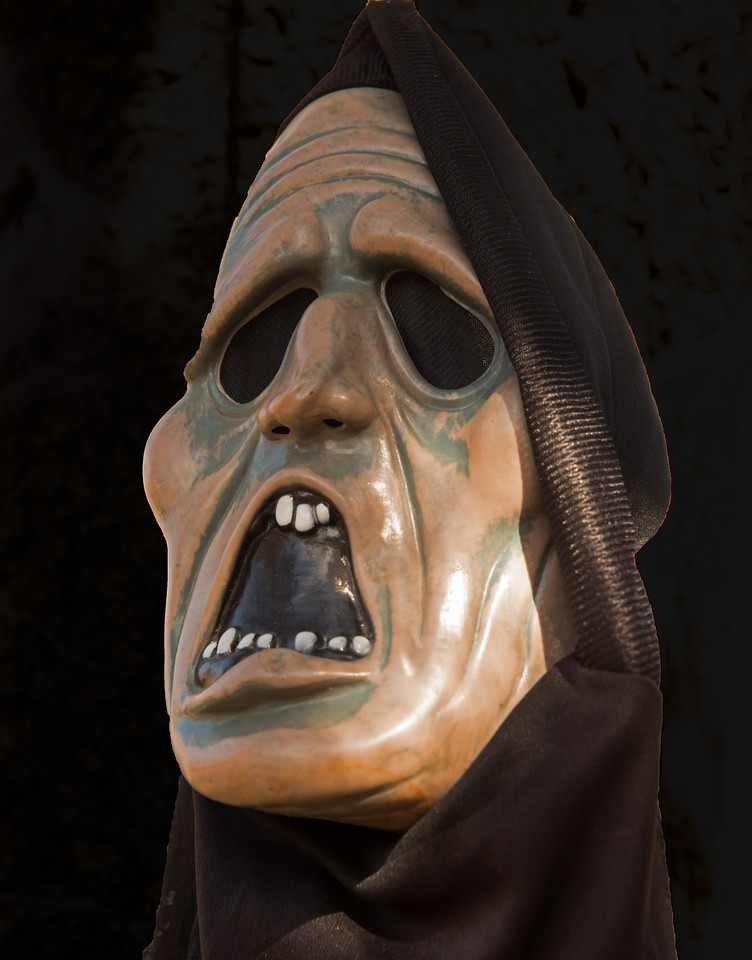Meet Bianca, our hairy, all-white, fat, blue-eyed, six-year-old, constantly surprising, mostly Maine Coon, indoor cat.
Before we met her, she was a barn cat, a profession at which she did not succeed. We met her at the Hancock County Society for the Prevention of Cruelty to Animals, when she was named Sissy. She was alone in a cage there because she had a “trait”: she hated cats. We had to promise not to get a cat when we got Sissy.
Soon after we changed her name to Bianca (Italian for white), we learned that she had another trait: she thought that she was a dog. She follows us from room to room, keeps putting her head in our hand to be rubbed, and excitedly greets visitors at the door. She also often sleeps or rests on her back shamelessly (but trustfully) splayed with all four legs up. She frequently does this in her spot on the bed, forcing us to pick her purring heftiness up to make the bed.
When not splayed, Bianca can be stunning.
Fortunately, she’s not aware of that. Yet. (Brooklin, Maine)


